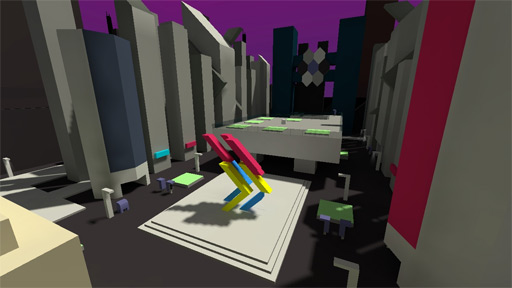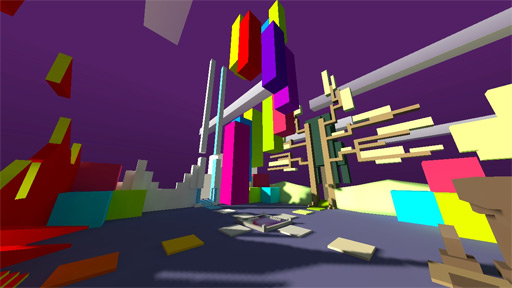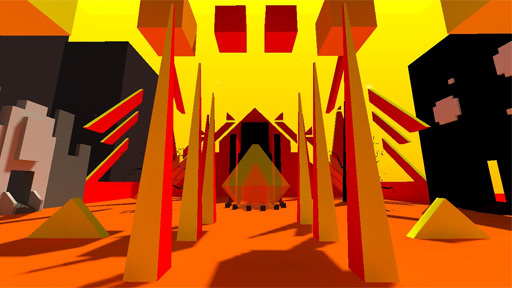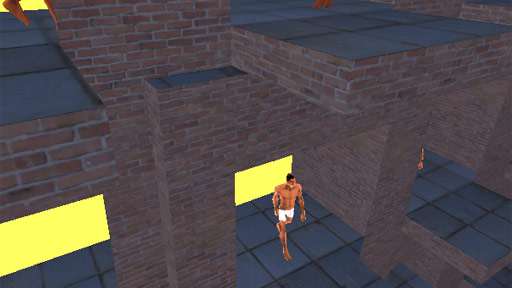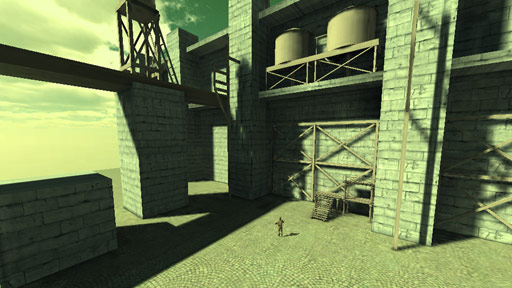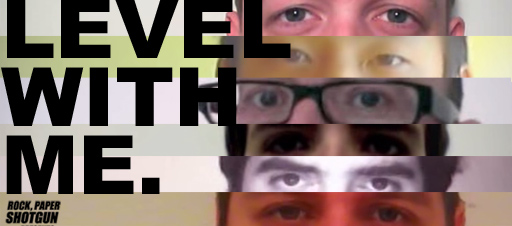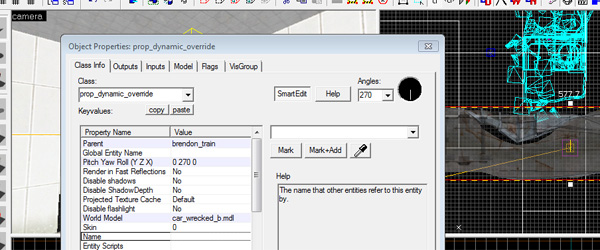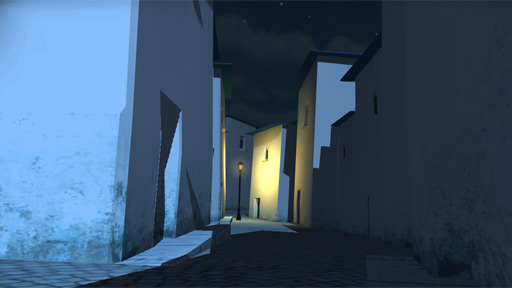It's Thursday now, and I'm writing this in Moscone North on Thursday, the 4th day of the conference. There's some kind of podcast recording going on to my right ("One Life Left") and it looks important. People are eating $15 crepes behind me. The carpet is boring and inoffensive. People are making Blackberry Playbook jokes. So it goes.
The past few days, I went to some Indie Game Summit / Education Summit talks and I've been to a few Game Design track talks. I found a lot of it redundant because I already follow all these people and their ideas; they've been blogging and tweeting and talking about it for the past year. Like, if you're a Doug Wilson super fan, you're already familiar with a lot of his theories and his recent body of work. And even if there's a little bit of new information, you can just read a Gamasutra write-up and get all the salient points in a few minutes instead of sitting there for an hour.
It's making me reconsider how I'm "using" GDC. It makes me think I should only attend talks where I don't know the speaker or if I'm not familiar with the games already -- but that's risky too for obvious reasons. Some people here don't even go to the talks and they're just here to hang out, and I think that's probably the right way to approach things. I think next time I'm not going to shell out for the indie pass, and I'll just try to bum an expo pass off someone, or, if Buddha wills it, I'll have my own IGF passes to give out.
In general, the indie / industry divide is kind of jarring. I'm not sure whether that's good or bad.
The IGF Awards and the Game Developer Choice Awards are back-to-back, hour-long events. After the IGF was over, I swear, at least 200-300 people left; many of them I recognized as mainly indie people. Actions speak for themselves... we seem to see the GDC awards as a largely irrelevant exercise. Indies don't need the permission or acceptance of the industry, though the awards that went to J.S. Joust and Sworcery show that it's there.
This tension between indie and industry got played-out by the Mega64 skits that made light of indie uncertainty about corporate interests. It's okay to laugh, as long as we recognize why we're laughing -- the conflict is still very real. Corporate power can often help and empower indies, but often it belittles us with a reality show that implies the ultimate goal of being an indie is to join the industry, or it exploits us by signing a contract that robs the developer of their property, or maybe it even steals an idea wholesale and cross-markets it with their other cloned apps. Then you also hear success stories like Steam enabling Brendon Chung to sell 160,000 units of Atom Zombie Smasher, which is great, and that's a corporate industry-indie partnership.
As we left the Venus Patrol / Wild Rumpus / One Life Left indie game party at Public Works, we passed a group of industry game developers leaving as well: "It's okay, we'll just never understand their indie ways."
The party was pretty fun. Watching Bennett Foddy get trolled by his own game (Mega-GIRP) was entertaining. Eric Zimmerman tackling 10 people in a crazy J.S. Joust maneuver was awesome. Helping Anna Anthropy push the Oak-u-tron arcade cabinet onto the middle of the dance floor ("occupying the party") was pretty amazing.
I am a little confused, though, as to why the Killscreen party tonight is at the same venue featuring many of the same games: I feel like it's going to be the same party. I wonder what the differences will be, if any. It does beg the question as to how "scene-y" the indie scene really is, that all of these various indie organizations share so many of the same members with power and we all know each other and play each others games over and over. But isn't it the nature of a community to define itself and exclude others? Again, I'm not sure how to interpret Brandon Boyer's face being projected on the walls -- is this fun and great that we're celebrating him, or is this a weird perverse cult of personality we're perpetuating?
I honestly don't know. I'm still trying to figure it out.
But I do know what I heard as we passed that group of industry devs walking home from the indie party. The one with the glasses half-chuckled and then said: "At least one of them shook my hand."

































